How to recognize phishing emails like Wage Bonus/Allowances?
Phishing/ScamAlso Known As: Wage Bonus/Allowances spam
Get free scan and check if your device is infected.
Remove it nowTo use full-featured product, you have to purchase a license for Combo Cleaner. Seven days free trial available. Combo Cleaner is owned and operated by RCS LT, the parent company of PCRisk.com.
What is Wage Bonus/Allowances email scam?
It is a phishing email that scammers use to trick recipients into providing their Microsoft, Google, and possibly other account login credentials. It contains a link designed to open a deceptive website asking to provide an email address and password.
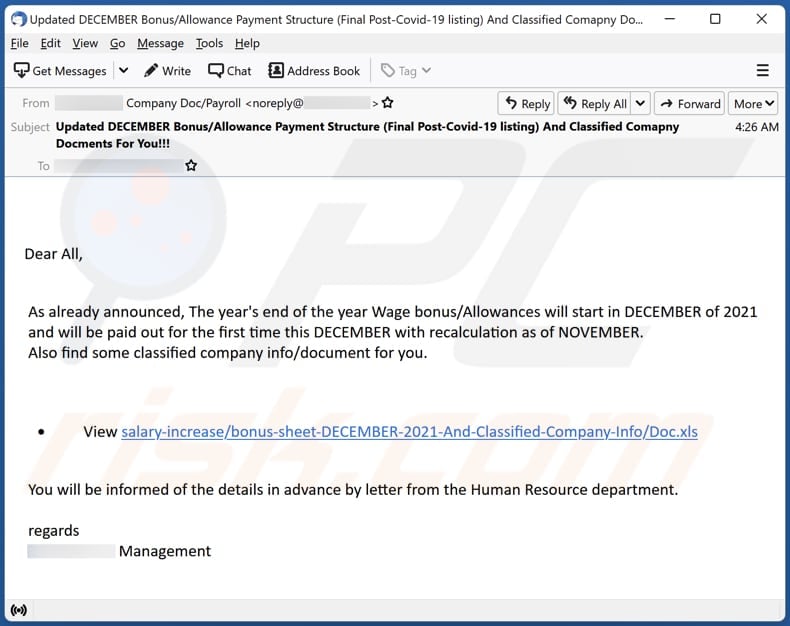
Wage Bonus/Allowances phishing email in general
Scammers attempt to trick recipients into believing that they have received a bonus/allowance payment document. Their goal is to trick unsuspecting recipients into opening the provided website and providing their account login credentials. The design of that website depends on the email address (for example, bing[.]com, google[.]com) in its URL.
Scammers could use the provided information to access personal accounts. Depending on the hijacked account type, it could be misused to spread this or other scams, send malicious files to other people, access sensitive documents or other files, make fraudulent purchases, and for other purposes.
| Name | Wage Bonus/Allowances Email Scam |
| Threat Type | Phishing, Scam, Social Engineering, Fraud |
| Fake Claim | Email contains a document regarding wage bonuses/allowances |
| Disguise | Letter from the management of a company |
| Related Domain | cluodproof[.]com |
| Detection Names (cluodproof[.]com) | AlienVault (Malicious), Combo Cleaner (Malware), ESET (Phishing), Kaspersky (Phishing), Webroot (Malicious), Full List Of Detections (VirusTotal) |
| Symptoms | Unauthorized online purchases, changed online account passwords, identity theft, illegal access of the computer. |
| Distribution methods | Deceptive emails, rogue online pop-up ads, search engine poisoning techniques, misspelled domains. |
| Damage | Loss of sensitive private information, monetary loss, identity theft. |
| Malware Removal (Windows) |
To eliminate possible malware infections, scan your computer with legitimate antivirus software. Our security researchers recommend using Combo Cleaner. Download Combo CleanerTo use full-featured product, you have to purchase a license for Combo Cleaner. 7 days free trial available. Combo Cleaner is owned and operated by RCS LT, the parent company of PCRisk.com. |
Phishing emails in general
Phishing emails usually are disguised as official/important letters from legitimate entities. Most of them contain a link designed to open a deceptive website asking to enter personal information (like login credentials, credit card details). Examples of other phishing emails are "ING Email Scam", "Volksbank Email Scam", "HostEurope Email Scam".
It is important to mention that cybercriminals can use email as a tool to deliver malware. Emails used to distribute malicious software usually are legitimate-looking emails too.
How do spam campaigns infect computers?
Usually, cybercriminals send malicious Microsoft Office, PDF or other documents, JavaScript files, archive files, executable, or other files, or links designed to open download pages for them. Recipients infect computers by executing malicious files.
Malicious MS Office documents cannot cause any harm unless users give them permission to enable macros commands (editing or content). Although, it does not apply to documents opened with MS Office versions released before 2010. These versions do not have the Protected View mode that prevents computer infections.
How to avoid installation of malware?
Do not open files (or website links) attached to irrelevant emails sent from suspicious addresses. Use legitimate sources (official websites, direct links) to download programs and files. Activate and update the installed software using tools provided by its official developer. Scan the operating system using reputable antivirus software regularly.
If you've already opened malicious attachments, we recommend running a scan with Combo Cleaner Antivirus for Windows to automatically eliminate infiltrated malware.
Text presented in the Wage Bonus/Allowances email scam:
Subject: Updated DECEMBER Bonus/Allowance Payment Structure (Final Post-Covid-19 listing) And Classified Comapny Docments For You!!!
Dear All,
As already announced, The year's end of the year Wage bonus/Allowances will start in DECEMBER of 2021
and will be paid out for the first time this DECEMBER with recalculation as of NOVEMBER.
Also find some classified company info/document for you.
View salary-increase/bonus-sheet-DECEMBER-2021-And-Classified-Company-Info/Doc.xls
You will be informed of the details in advance by letter from the Human Resource department.regards
- Management
Examples of phishing sites promoted using "Wage Bonus/Allowances" spam campaign:
Other examples of wage bonus-themed spam emails:
Sample 1:
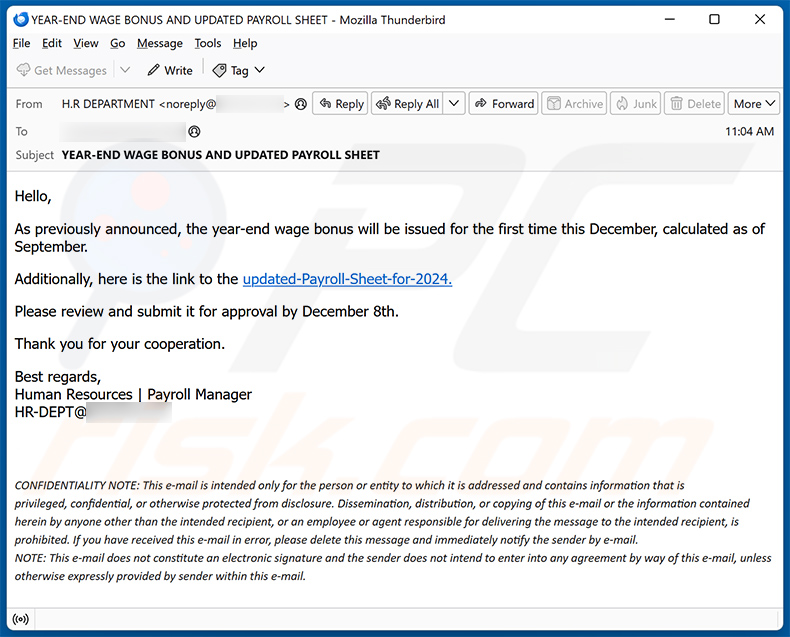
Text presented within:
Subject: YEAR-END WAGE BONUS AND UPDATED PAYROLL SHEET
Hello,
As previously announced, the year-end wage bonus will be issued for the first time this December, calculated as of September.
Additionally, here is the link to the updated-Payroll-Sheet-for-2024.
Please review and submit it for approval by December 8th.
Thank you for your cooperation.
Best regards,
Human Resources | Payroll Manager
-
Sample 2:
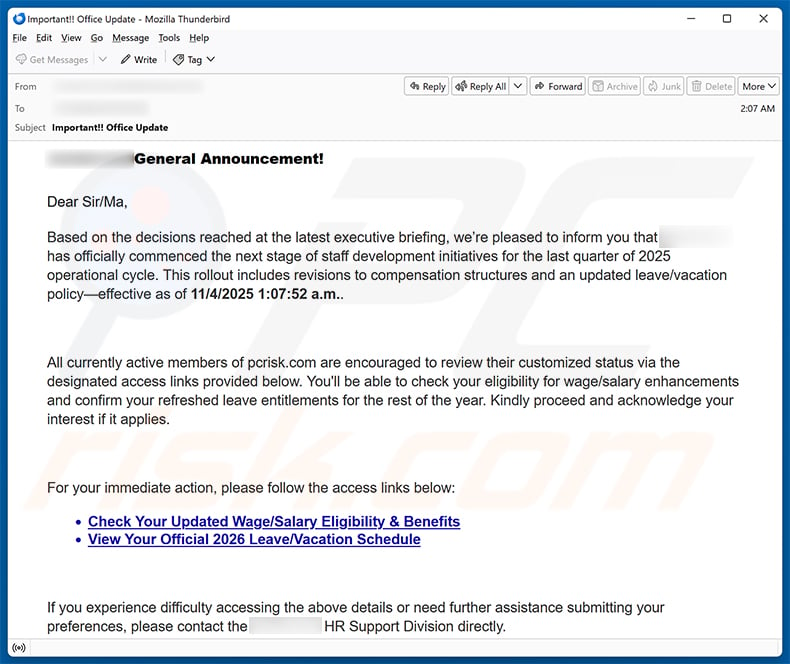
Text presented within:
Subject: Important!! Office Update
General Announcement!
Dear Sir/Ma,
Based on the decisions reached at the latest executive briefing, we're pleased to inform you that ******** has officially commenced the next stage of staff development initiatives for the last quarter of 2025 operational cycle. This rollout includes revisions to compensation structures and an updated leave/vacation policy—effective as of 11/4/2025 1:07:52 a.m..
All currently active members of ******** are encouraged to review their customized status via the designated access links provided below. You'll be able to check your eligibility for wage/salary enhancements and confirm your refreshed leave entitlements for the rest of the year. Kindly proceed and acknowledge your interest if it applies.
For your immediate action, please follow the access links below:
Check Your Updated Wage/Salary Eligibility & Benefits
View Your Official 2026 Leave/Vacation ScheduleIf you experience difficulty accessing the above details or need further assistance submitting your preferences, please contact the ******** HR Support Division directly.
Kind regards,
Human Resources Unit
********
All Right Reserved @2025
Instant automatic malware removal:
Manual threat removal might be a lengthy and complicated process that requires advanced IT skills. Combo Cleaner is a professional automatic malware removal tool that is recommended to get rid of malware. Download it by clicking the button below:
DOWNLOAD Combo CleanerBy downloading any software listed on this website you agree to our Privacy Policy and Terms of Use. To use full-featured product, you have to purchase a license for Combo Cleaner. 7 days free trial available. Combo Cleaner is owned and operated by RCS LT, the parent company of PCRisk.com.
Quick menu:
- What is Wage Bonus/Allowances spam?
- Types of malicious emails.
- How to spot a malicious email?
- What to do if you fell for an email scam?
Types of malicious emails:
![]() Phishing Emails
Phishing Emails
Most commonly, cybercriminals use deceptive emails to trick Internet users into giving away their sensitive private information, for example, login information for various online services, email accounts, or online banking information.
Such attacks are called phishing. In a phishing attack, cybercriminals usually send an email message with some popular service logo (for example, Microsoft, DHL, Amazon, Netflix), create urgency (wrong shipping address, expired password, etc.), and place a link which they hope their potential victims will click on.
After clicking the link presented in such email message, victims are redirected to a fake website that looks identical or extremely similar to the original one. Victims are then asked to enter their password, credit card details, or some other information that gets stolen by cybercriminals.
![]() Emails with Malicious Attachments
Emails with Malicious Attachments
Another popular attack vector is email spam with malicious attachments that infect users' computers with malware. Malicious attachments usually carry trojans that are capable of stealing passwords, banking information, and other sensitive information.
In such attacks, cybercriminals' main goal is to trick their potential victims into opening an infected email attachment. To achieve this goal, email messages usually talk about recently received invoices, faxes, or voice messages.
If a potential victim falls for the lure and opens the attachment, their computers get infected, and cybercriminals can collect a lot of sensitive information.
While it's a more complicated method to steal personal information (spam filters and antivirus programs usually detect such attempts), if successful, cybercriminals can get a much wider array of data and can collect information for a long period of time.
![]() Sextortion Emails
Sextortion Emails
This is a type of phishing. In this case, users receive an email claiming that a cybercriminal could access the webcam of the potential victim and has a video recording of one's masturbation.
To get rid of the video, victims are asked to pay a ransom (usually using Bitcoin or another cryptocurrency). Nevertheless, all of these claims are false - users who receive such emails should ignore and delete them.
How to spot a malicious email?
While cyber criminals try to make their lure emails look trustworthy, here are some things that you should look for when trying to spot a phishing email:
- Check the sender's ("from") email address: Hover your mouse over the "from" address and check if it's legitimate. For example, if you received an email from Microsoft, be sure to check if the email address is @microsoft.com and not something suspicious like @m1crosoft.com, @microsfot.com, @account-security-noreply.com, etc.
- Check for generic greetings: If the greeting in the email is "Dear user", "Dear @youremail.com", "Dear valued customer", this should raise suspiciousness. Most commonly, companies call you by your name. Lack of this information could signal a phishing attempt.
- Check the links in the email: Hover your mouse over the link presented in the email, if the link that appears seems suspicious, don't click it. For example, if you received an email from Microsoft and the link in the email shows that it will go to firebasestorage.googleapis.com/v0... you shouldn't trust it. It's best not to click any links in the emails but to visit the company website that sent you the email in the first place.
- Don't blindly trust email attachments: Most commonly, legitimate companies will ask you to log in to their website and to view any documents there; if you received an email with an attachment, it's a good idea to scan it with an antivirus application. Infected email attachments are a common attack vector used by cybercriminals.
To minimise the risk of opening phishing and malicious emails we recommend using Combo Cleaner Antivirus for Windows.
Example of a spam email:

What to do if you fell for an email scam?
- If you clicked on a link in a phishing email and entered your password - be sure to change your password as soon as possible. Usually, cybercriminals collect stolen credentials and then sell them to other groups that use them for malicious purposes. If you change your password in a timely manner, there's a chance that criminals won't have enough time to do any damage.
- If you entered your credit card information - contact your bank as soon as possible and explain the situation. There's a good chance that you will need to cancel your compromised credit card and get a new one.
- If you see any signs of identity theft - you should immediately contact the Federal Trade Commission. This institution will collect information about your situation and create a personal recovery plan.
- If you opened a malicious attachment - your computer is probably infected, you should scan it with a reputable antivirus application. For this purpose, we recommend using Combo Cleaner Antivirus for Windows.
- Help other Internet users - report phishing emails to Anti-Phishing Working Group, FBI’s Internet Crime Complaint Center, National Fraud Information Center and U.S. Department of Justice.
Frequently Asked Questions (FAQ)
Why did I receive this email?
These emails usually are not personal. Scammers send the same email to all addresses in their database.
I have provided my personal information when tricked by this email, what should I do?
If you have provided your account login credentials, change all passwords immediately. In other cases (if you provided credit card details, ID card information, or similar details), contact corresponding authorities as soon as possible.
Can emails be used to deliver malware?
Yes, cybercriminals can use email as a tool to deliver malicious software. Usually, they send emails containing malicious attachments or links. Computers get infected after opening a malicious file. Malicious MS Office documents do not infect computers until macros commands are enabled.
I have read the email but didn't open the attachment, is my computer infected?
No, opening an email by itself is completely harmless.
Will Combo Cleaner remove malware infections that were present in email attachment?
Yes, Combo Cleaner can detect almost all known malware infections. It is important to scan the operating system using a full scan feature. Otherwise, antivirus software might not detect malware that could be hiding deep in the operating system.
Share:

Tomas Meskauskas
Expert security researcher, professional malware analyst
I am passionate about computer security and technology. I have an experience of over 10 years working in various companies related to computer technical issue solving and Internet security. I have been working as an author and editor for pcrisk.com since 2010. Follow me on Twitter and LinkedIn to stay informed about the latest online security threats.
PCrisk security portal is brought by a company RCS LT.
Joined forces of security researchers help educate computer users about the latest online security threats. More information about the company RCS LT.
Our malware removal guides are free. However, if you want to support us you can send us a donation.
DonatePCrisk security portal is brought by a company RCS LT.
Joined forces of security researchers help educate computer users about the latest online security threats. More information about the company RCS LT.
Our malware removal guides are free. However, if you want to support us you can send us a donation.
Donate
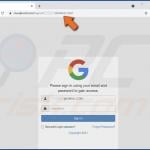
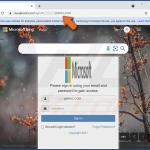
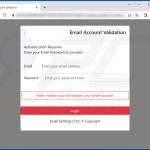
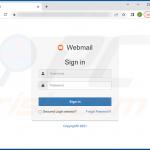
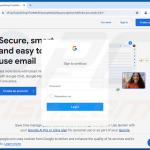
▼ Show Discussion